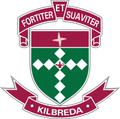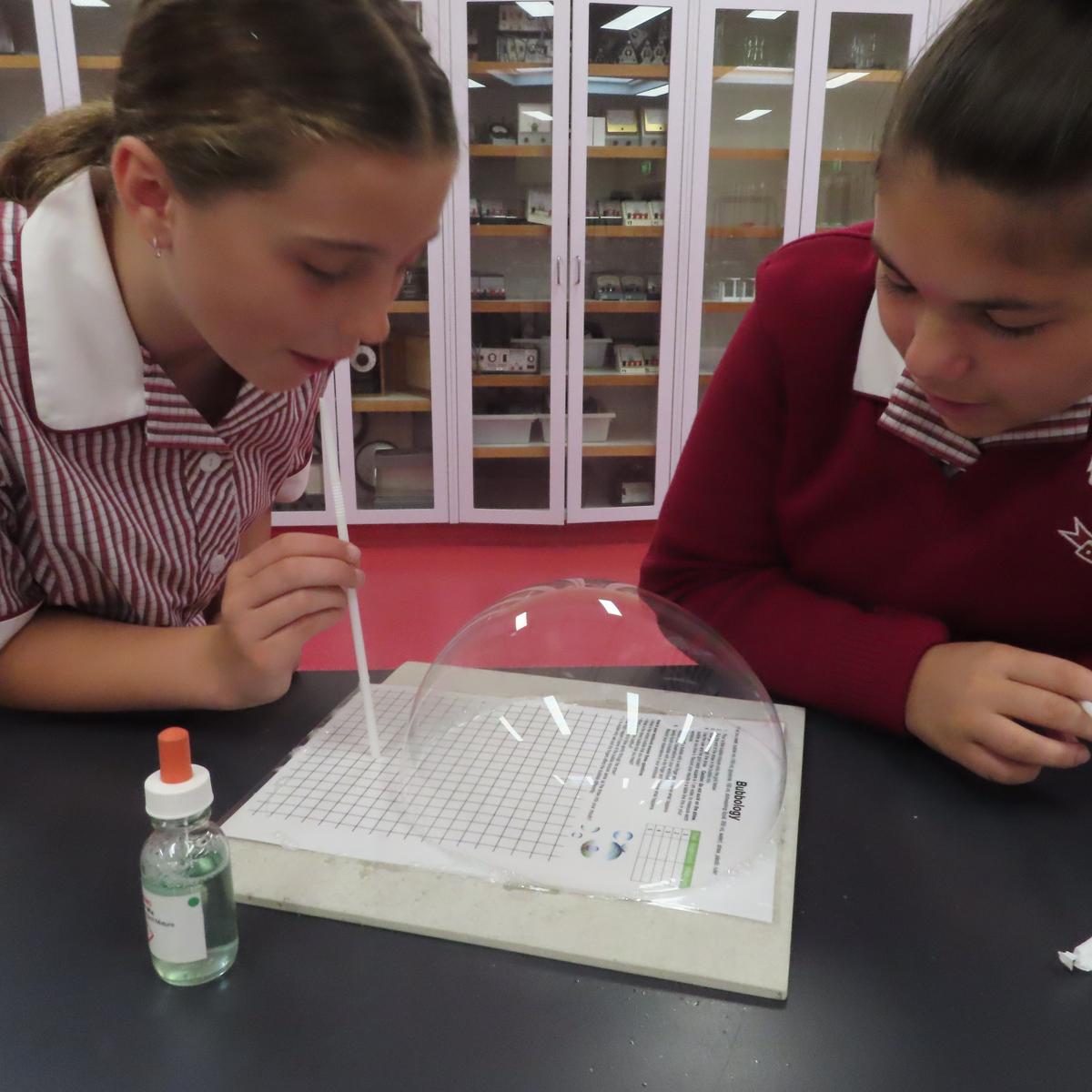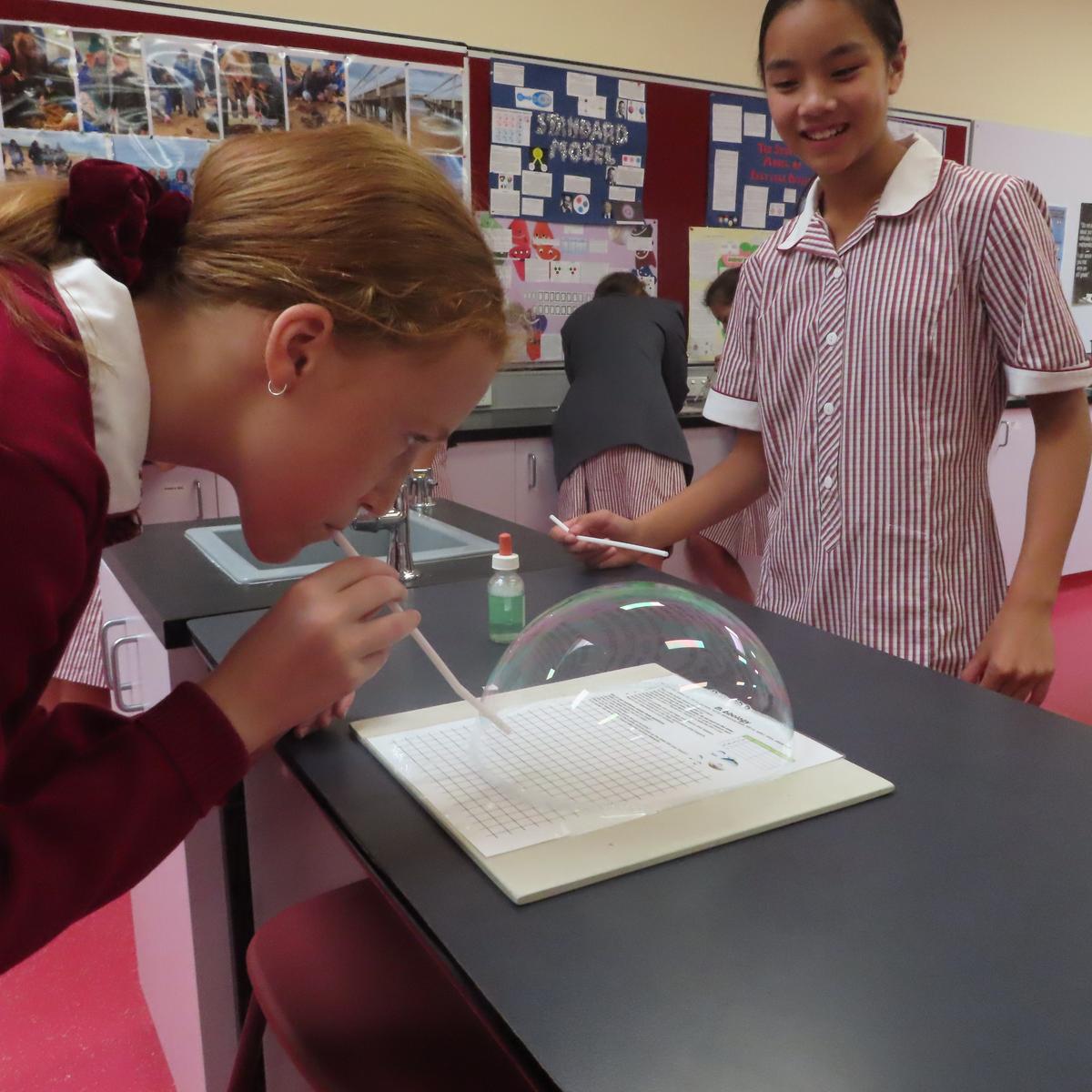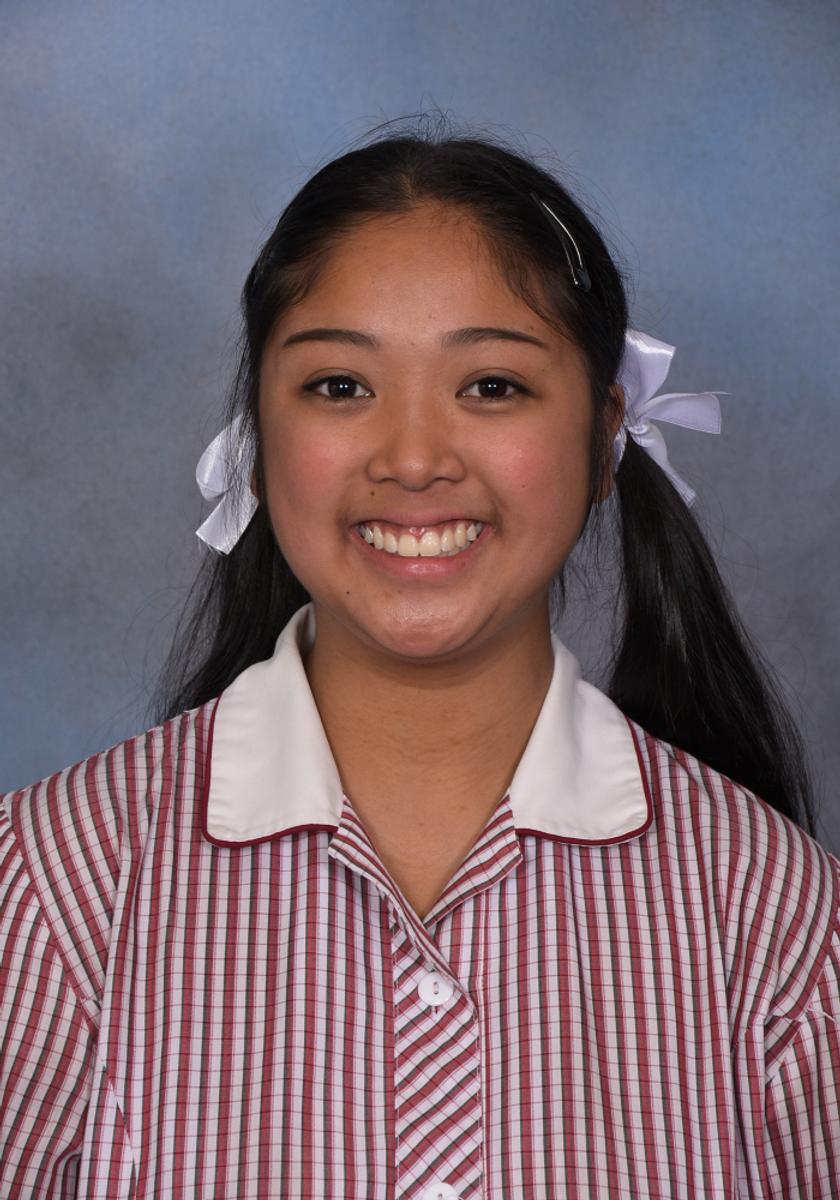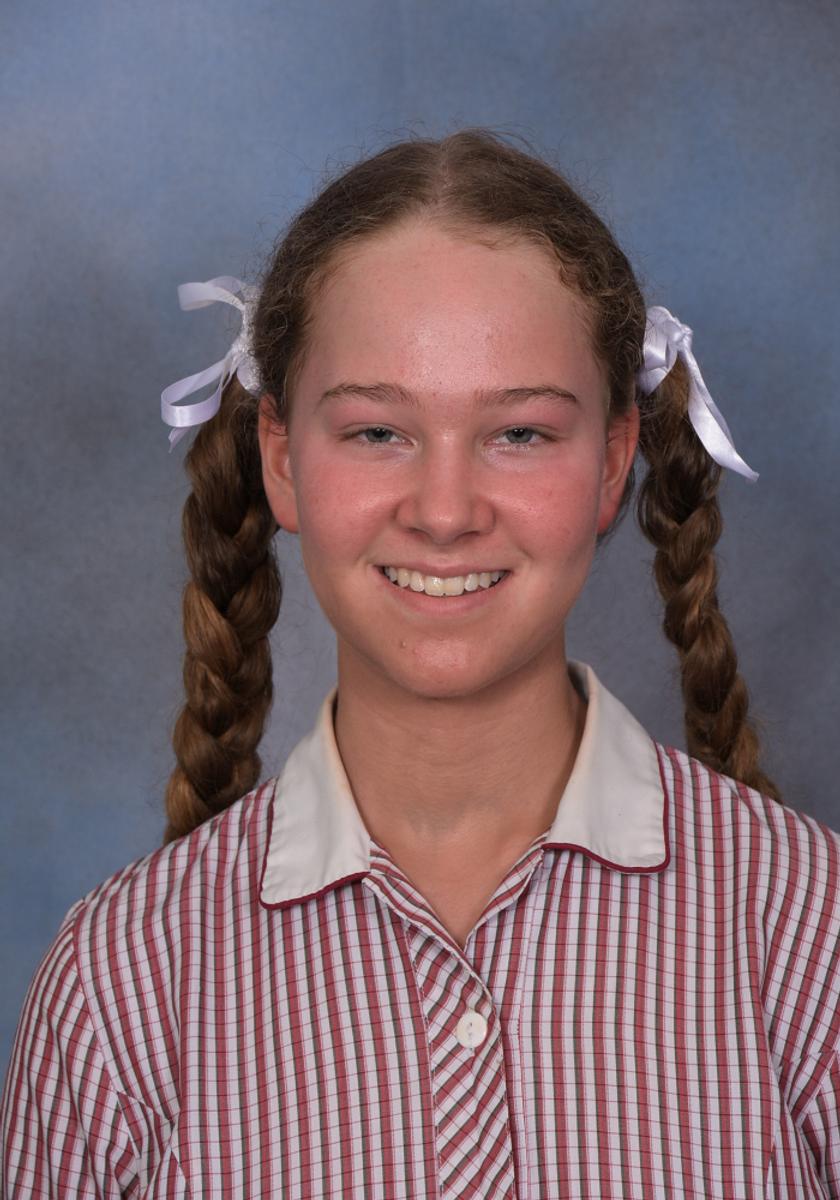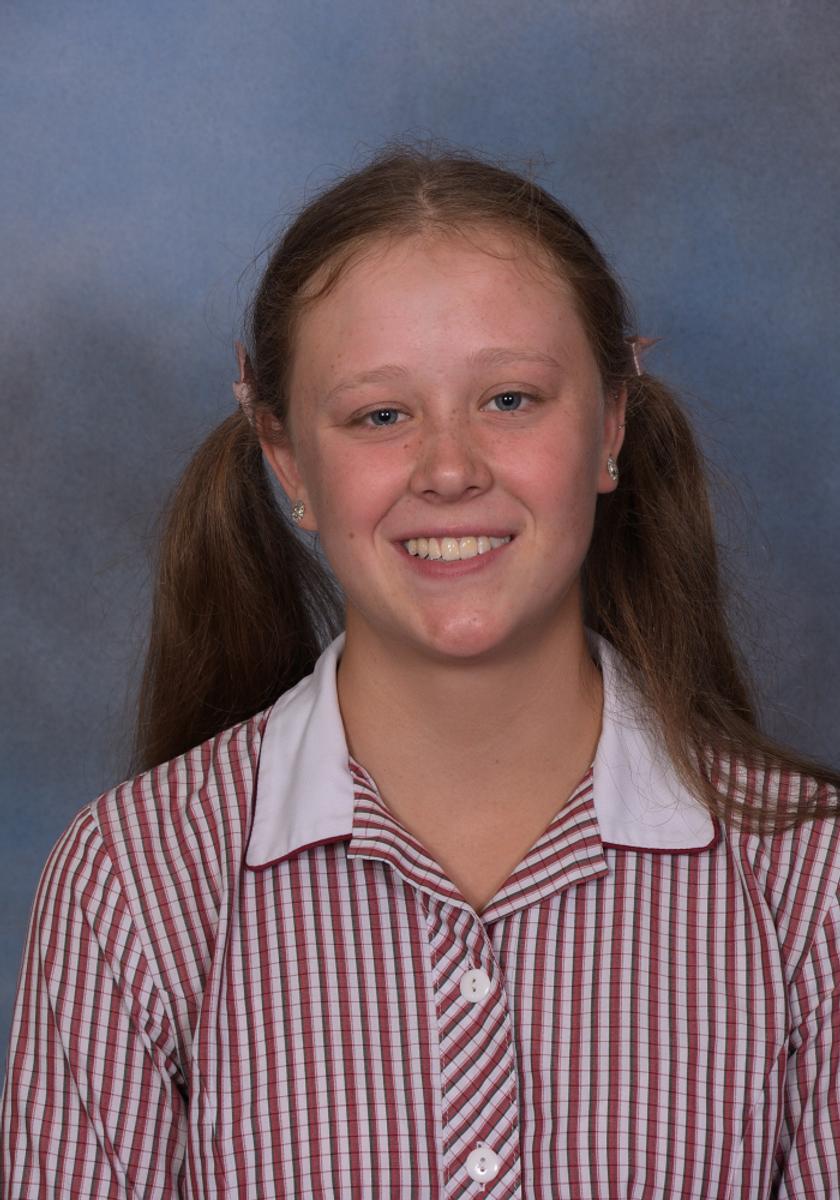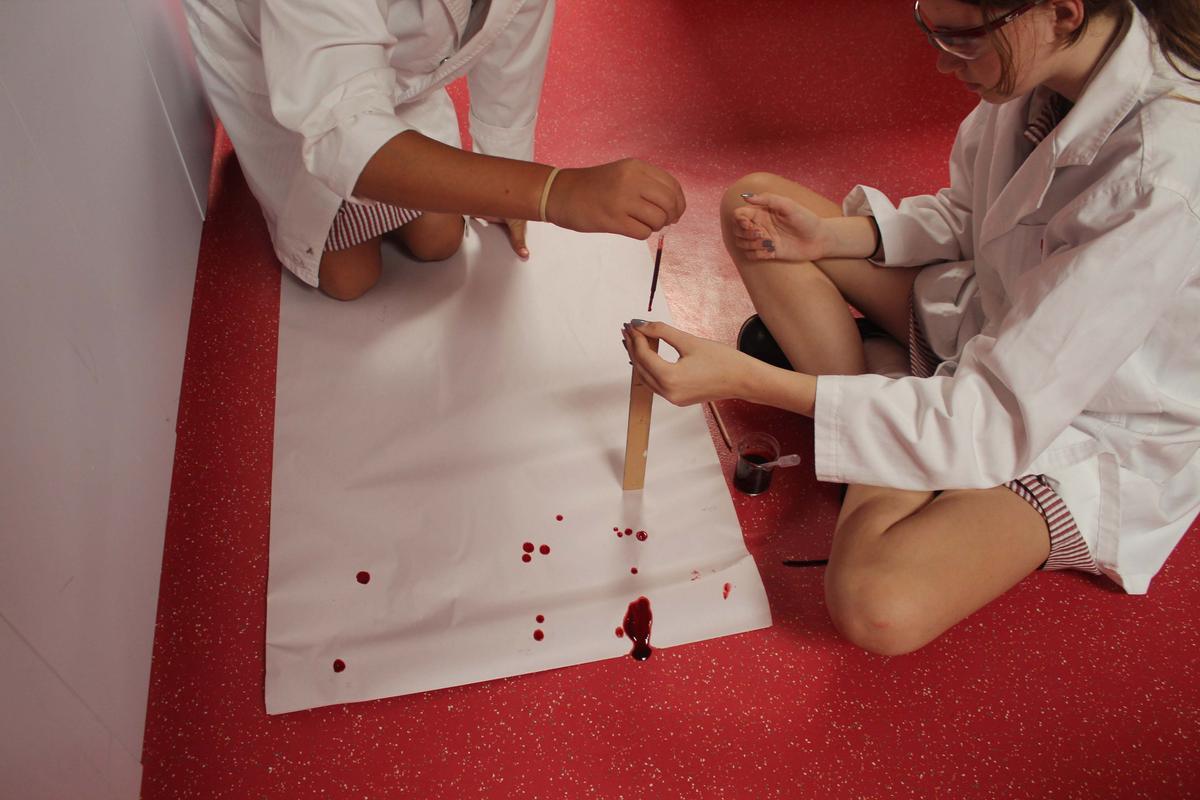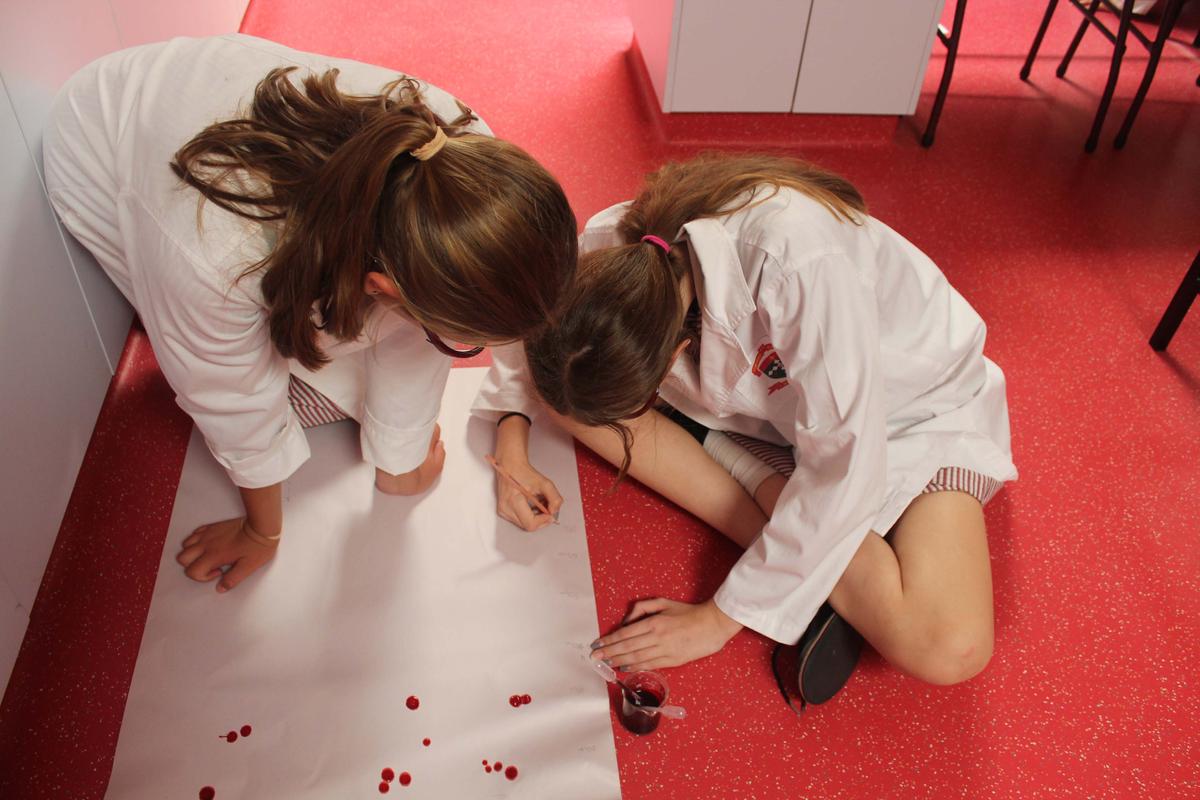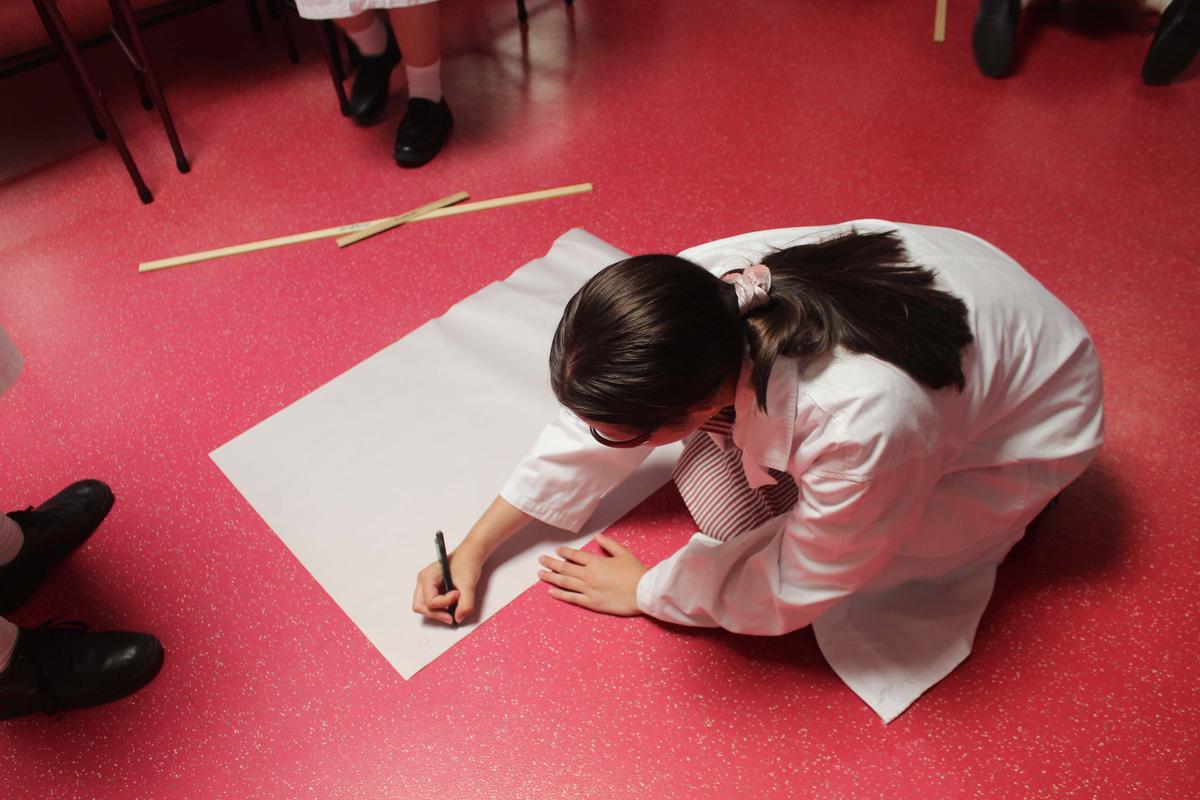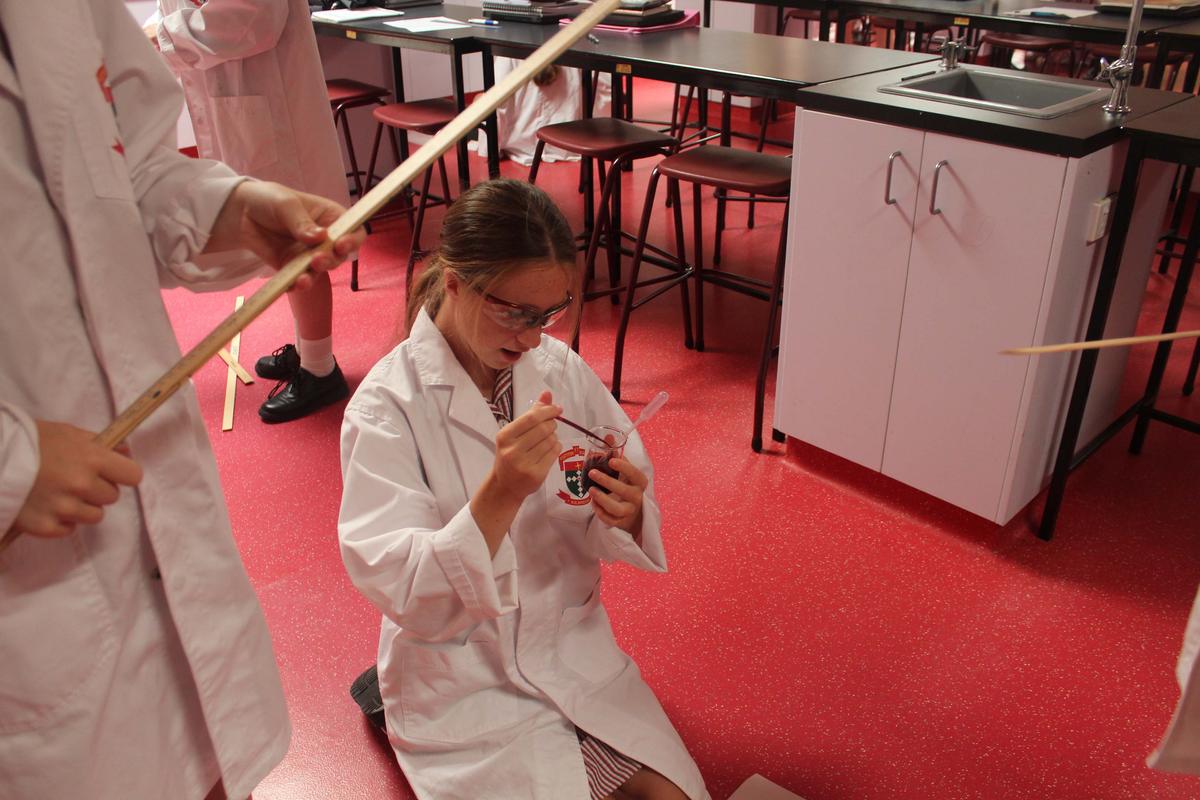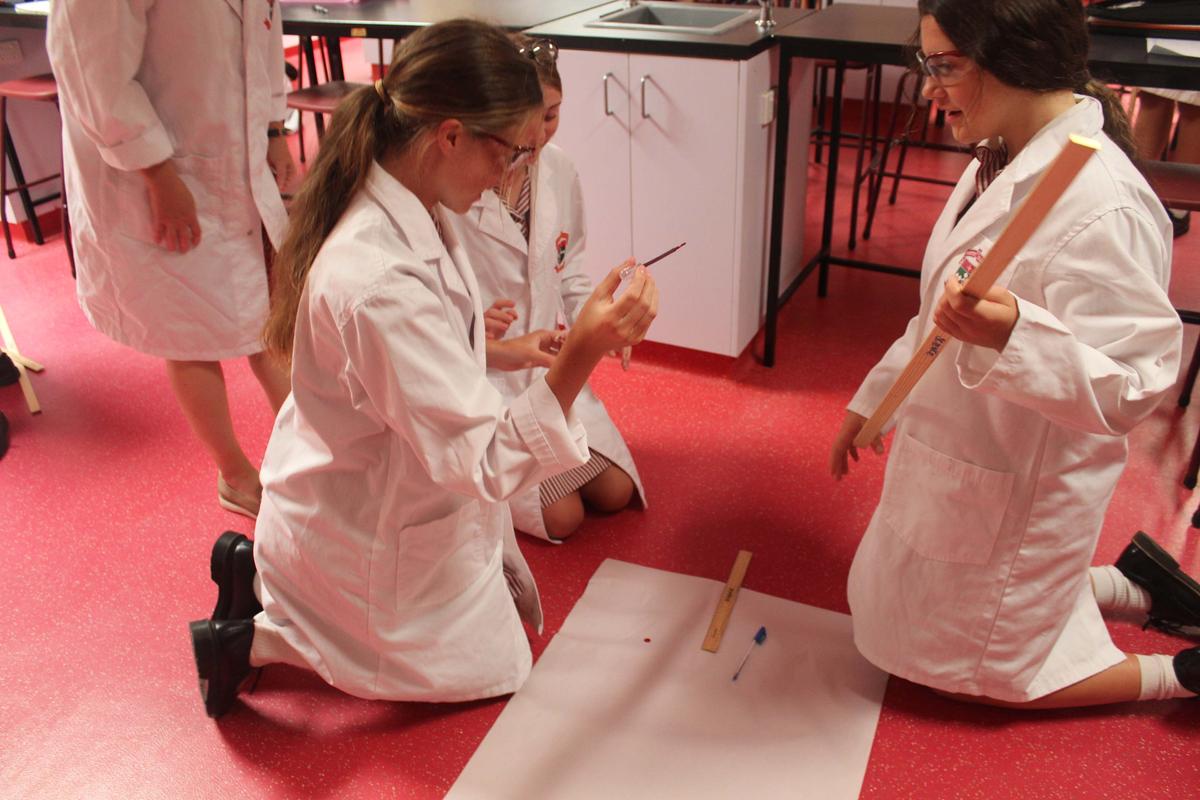Science
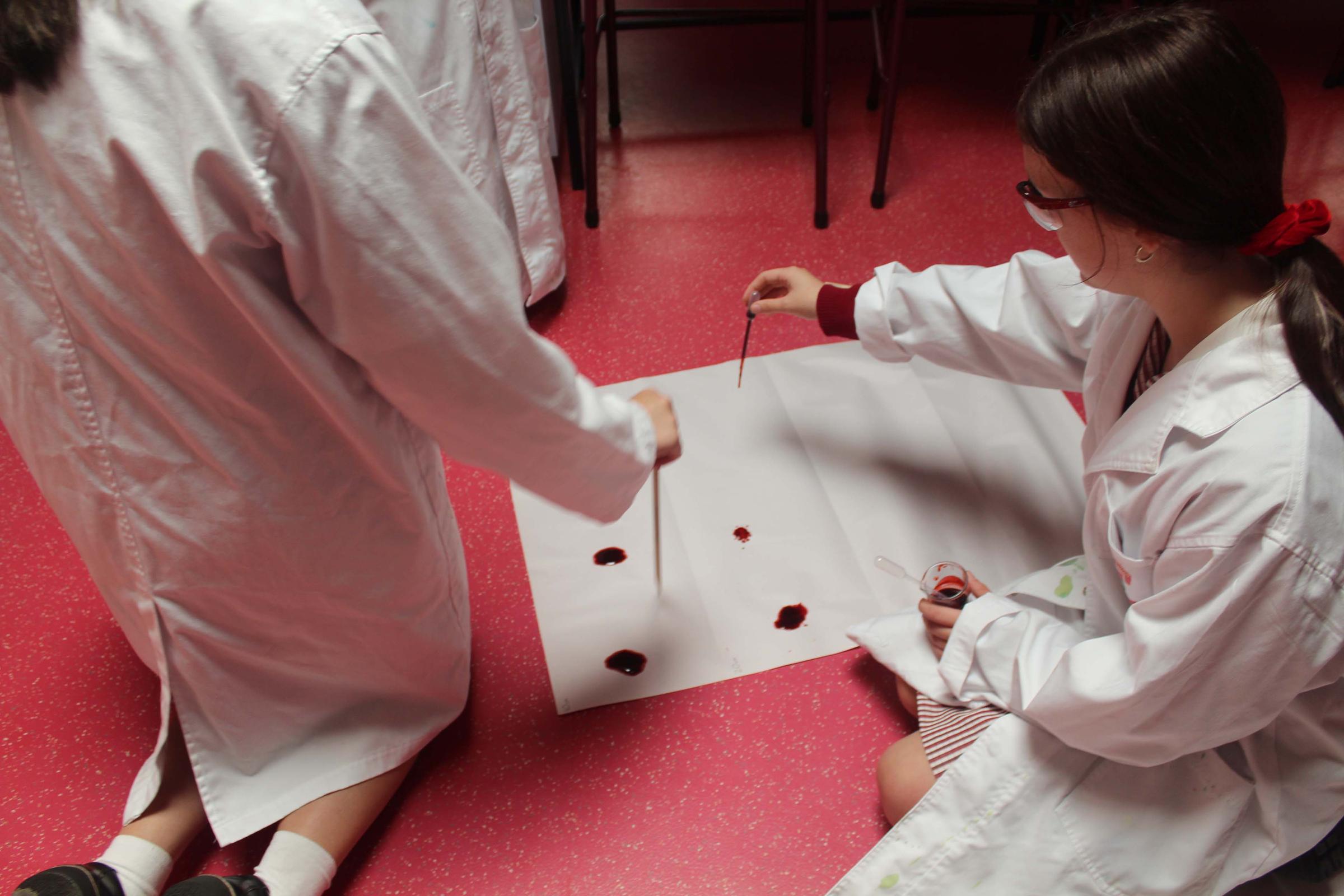
After a summer of searing heat, heartbreaking bushfires, golf ball sized hailstones, flooding rains and gale force winds, the realities of a world in which the climate has changed has shown its face. The fall out of the devastation of the bushfires to communities and the natural world is all too apparent. The broader effects of attempt to contain the coronavirus outbreak are being lived by people around the world.
Now, more than ever we need to educate students to work collaboratively, to think independently and draw on key science knowledge to work to seek new answers to emerging challenges.
In the spirit of curiosity and discovery, the Year 7s have begun the year exploring how to blow giant bubbles; what happens when they touch a bubble with a wet finger or a dry finger, and even how to blow a bubble inside another bubble!
Our Year 8s are exploring the structure of the cell as the basis of life itself and are using microscopes to see what is usually unseen.
The Year 9 students are learning the chemistry behind everyday chemical reactions.
Our Year 10s are exploring the fascinating world of inheritance and seeking patterns in the passing of heritable characteristics through their own and other families.
As a Science faculty, we are excited to welcome four Year 12 Leaders of STEM (Science, Technology, Engineering and Maths) to work across these learning areas to promote STEM at Kilbreda. Our STEM leaders for this year are: Clara McEvoy, Phoebe Linscheer, Enrica Lepatan and Taylah Welsh. We look forward to the girls guiding our STEM activities at Kilbreda in 2020.
Looking for clues at Kilbreda College
Who is guilty? Who is innocent? How reliable would you be as an eyewitness to a crime? Could you solve a case?
Year 9 students can choose to study a new semester elective in 2020. In this elective of Forensic Science, students will gather evidence and examine techniques such as fingerprinting, blood splatter patterns, ballistics, hand writing analysis and chromatography. They will examine the use of DNA evidence in a trial and how forensic scientists piece together evidence to recreate what has happened at a crime scene. Under the direction of the clue seeking Mr Simon Gurowski and Dr Sarah Avitabile, students have begun posing questions, collecting data, testing hypotheses and investigating in what we hope will be a rewarding and contextual addition to their science studies.
Jacinta Devlin
Science Learning Leader
